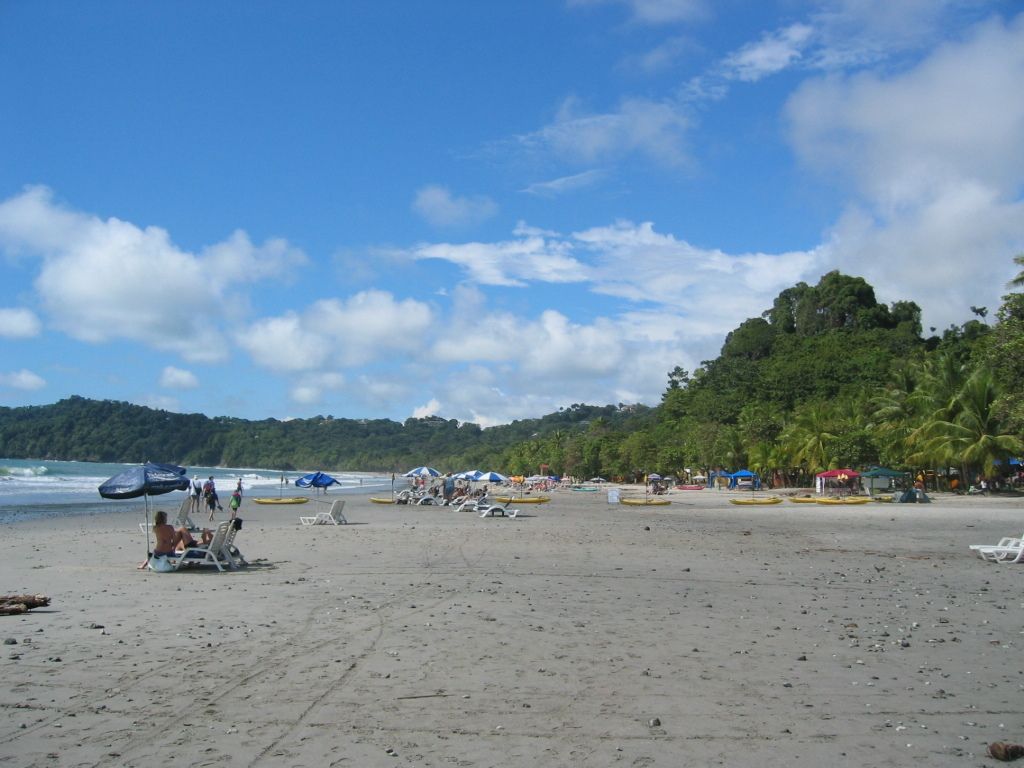Claim of Alleged Border Image Not Implying Ownership, According to Former Thai Intelligence Deputy
Rebuttal from Thai Intel Officer Challenges Hun Sen's Claim over Emerald Triangle Pavilion: It's Nuanced and Historically Inaccurate
In a riveting Facebook post on June 3, retired Thai intelligence officer Nantiwat Samart took issue with a territorial claim by Cambodian Senate President Hun Sen regarding the Emerald Triangle. The Thai officer's assertive response underscores the complex and contentious history of this contested area shared by three nations – Thailand, Laos, and Cambodia.
Hun Sen had shared a photo of himself and his wife at the disputed Sala Trimuk – a three-roofed pavilion in the Emerald Triangle – and declared their presence there as proof of Cambodia's ownership of the land.
However, Samart retorted, "Let me clarify this – Sala Trimuk is situated in an area where its sovereignty remains unresolved among the three nations. No final, consensual border demarcation has been established for that location."
He further explained that the Sala Trimuk pavilion, initially built under the command of the Second Army Region of Thailand's military, served as a neutral meeting ground for representatives from the three countries to resolve tensions and engage in dialogue pending a formal border agreement.
Recalling his 20-year-old visit, Samart discussed his military mission in the region and the informative briefings he received from local units. He ended his post with a caustic observation, "Hun Sen is fabricating the truth. Just because Hun Sen took a photo there and claimed it as Cambodian land, it doesn't make it the truth. If that logic is applied, then my photo should certify it as Thai territory, right?"
Despite the ongoing dispute, attempts to foster deeper economic partnerships between Vietnam and Thailand in the context of ASEAN have remained positive, while trade relations between Cambodia and Thailand appear to be continuing as usual.
- TAGS
- Hun Sen
- Cambodia
- Thailand
- Sovereignty
- Border Dispute
- Despite the controversy surrounding Hun Sen's claim, efforts to strengthen Cambodia-Thailand trade relations are ongoing.
- The Emerald Triangle, a contentious area shared by Thailand, Laos, and Cambodia, is still awaiting a final, consensual border demarcation.
- The Sala Trimuk pavilion, initially built by the Thai military, has historically served as a neutral meeting ground for representatives from the three nations.
- The complex history of the Emerald Triangle, with its multiple claims to sovereignty, continues to be a challenging factor in regional policy-and-legislation.
- The territorial claim made by Hun Sen over the Emerald Triangle has been challenged as nuanced and historically inaccurate by retired Thai intelligence officer Nantiwat Samart.
- In a Facebook post, Samart highlighted the lack of a final, consensual border agreement for the area, including the Sala Trimuk pavilion, as evidence that Hun Sen's claim is misleading.
- Nantiwat Samart, in his assertive response, emphasized the need for truth and accuracy in discussions about the Emerald Triangle.
- Samart's post on Facebook has sparked general-news interest about the historical and political implications of the Emerald Triangle's border dispute.
- War-and-conflicts have cast a long shadow over the Emerald Triangle, making the area a hotbed for migration and crime-and-justice issues in the past.
- The ongoing border dispute has not discouraged economic partnerships, as evident in the positive developments in Vietnam-Thailand business cooperation within ASEAN.
- Tourism has played a significant role in the tri-nation region, with thousands visiting sports events, racing competitions, and other leisure activities each year.
- The Emerald Triangle is home to various sports leagues, including premier-league football, basketball, and ncaa-basketball, as well as international racing events such as grand-prix, horse-racing, and auto-racing.
- In the world of sports, the MLB, NHL, NFL, and WNBA have all attracted fans from the region, creating a unique sports-betting culture among locals.
- Interestingly, the region has also been the backdrop for mixed-martial-arts events, hosting prominent fighters and drawing crowds from across Southeast Asia.
- Weather fluctuations in the Emerald Triangle have added another layer of complexity to the area, with tennis, golf, and weather-forecasting also affecting the sports and tourism industries.
- Advances in sports-analysis technology have helped improve understanding of the unique conditions in the Emerald Triangle, benefiting both athletes and spectators.
- The border dispute in the Emerald Triangle is a compelling reminder of the complexity and nuance that often underlies regional politics and the importance of accurate information in addressing sensitive territorial issues.








